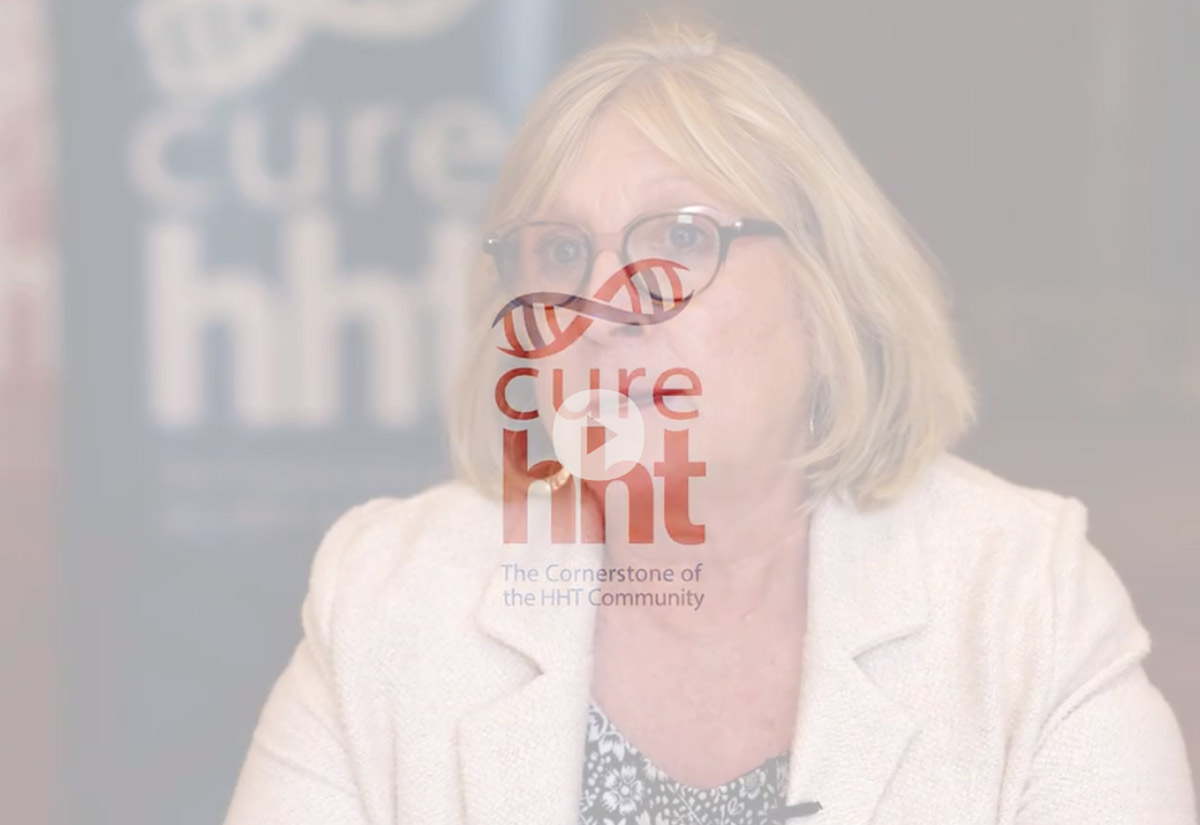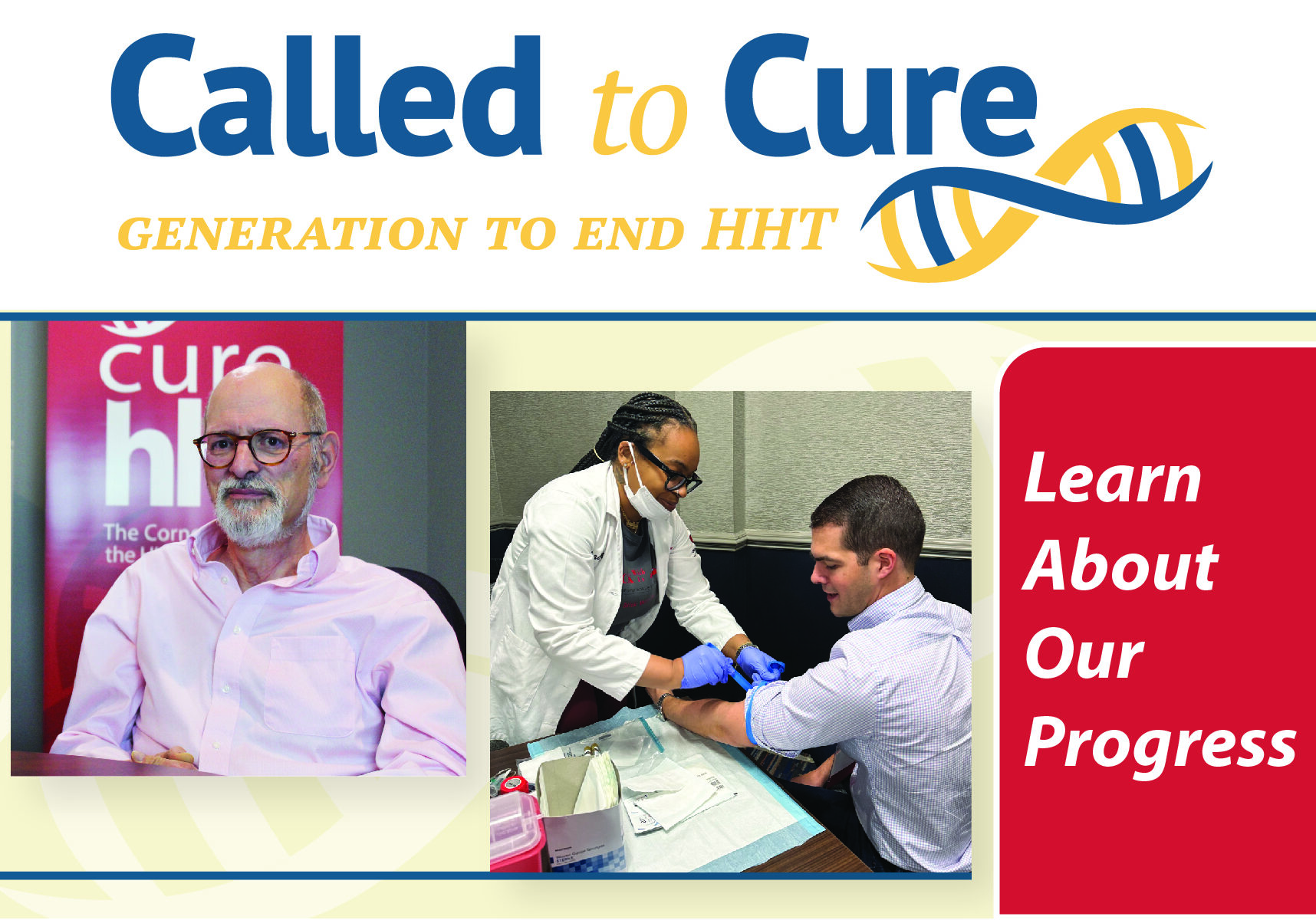A HISTORY OF PAZOPANIB
There are no FDA-approved therapeutics for the treatment of HHT. Cure HHT sought to change that.
In many ways, the history of pazopanib is not unlike the story of the HHT community. Both are defined by persistence: a long battle for awareness, funding, and ultimately, solutions. Now, after years of dedicated effort, the paths of pazopanib and HHT have converged, moving forward in unison and resulting in the accomplishment of a pazopanib clinical trial filling and closing to enrollment. This is a major step forward for the future of HHT treatment, as we push to bring our community FDA-approved therapies for the first time.
HHT affects more than 1.4 million people worldwide and is the 2nd most common genetic bleeding disorder in the U.S. But it is still often misdiagnosed and misunderstood.
Since our inception in 1991, we’ve worked tirelessly to raise awareness, improve treatments, and increase patient access to life-saving care.
Impact by the numbers.
We drive science forward through government advocacy, seed grants, and other means. Turning your donations into millions of dollars dedicated to funding new treatments, technology, and drugs.
28 seed grants
Hereditary Hemorrhagic Telangiectasia (HHT), also known as Osler-Weber-Rendu Syndrome, is an inherited disease that leads to malformed blood vessels in multiple organs of the body and typically begins with nosebleeds during childhood. HHT can result in serious health problems if not promptly diagnosed and treated. Our mission is to find a cure for HHT while saving the lives and improving the well-being of individuals and families affected by HHT.





